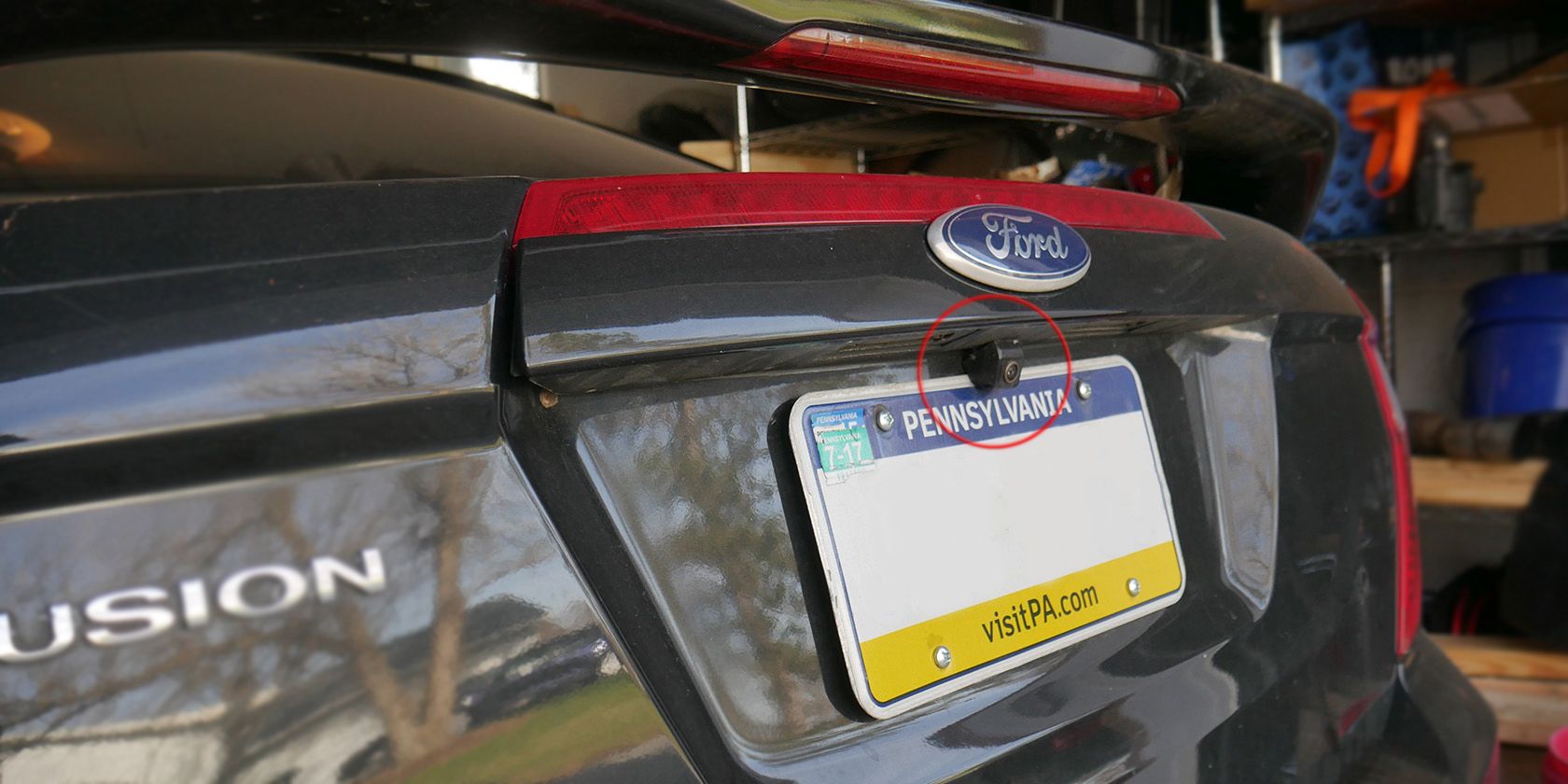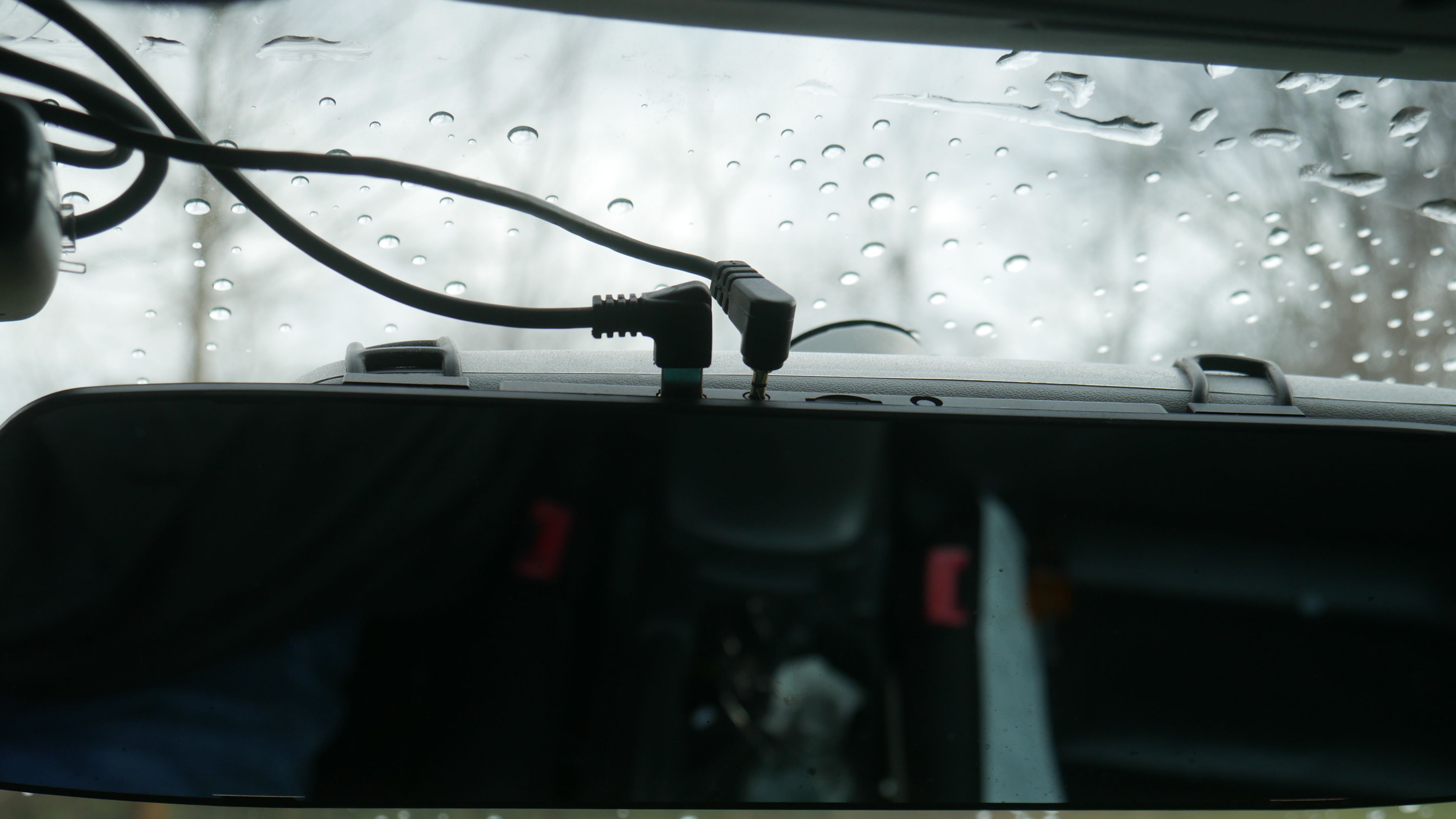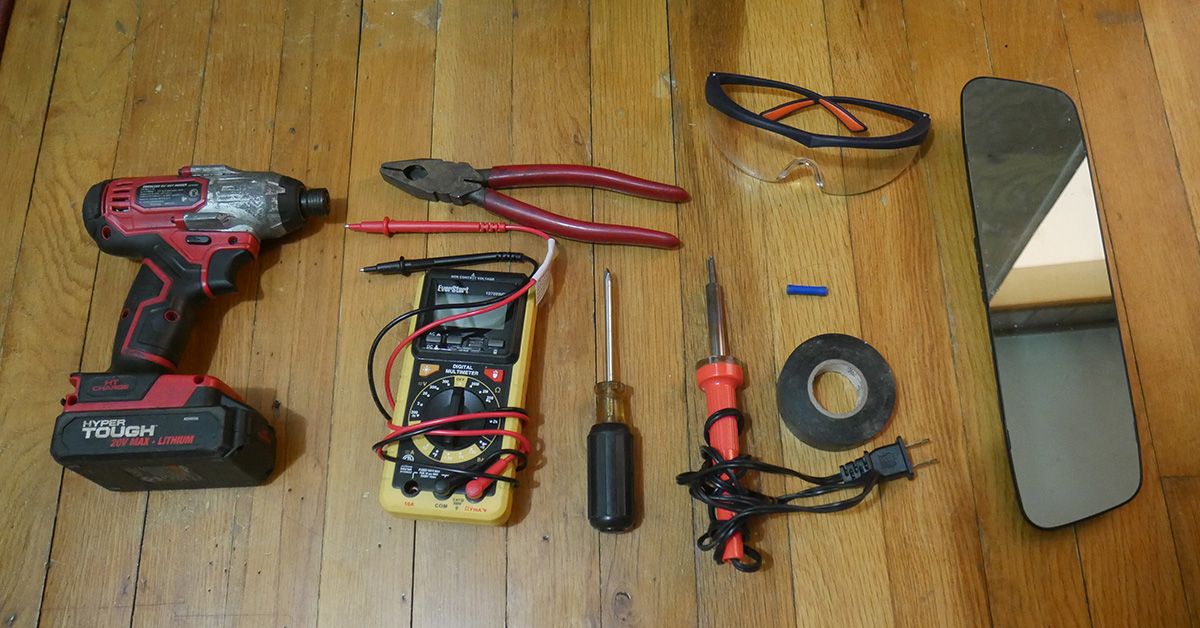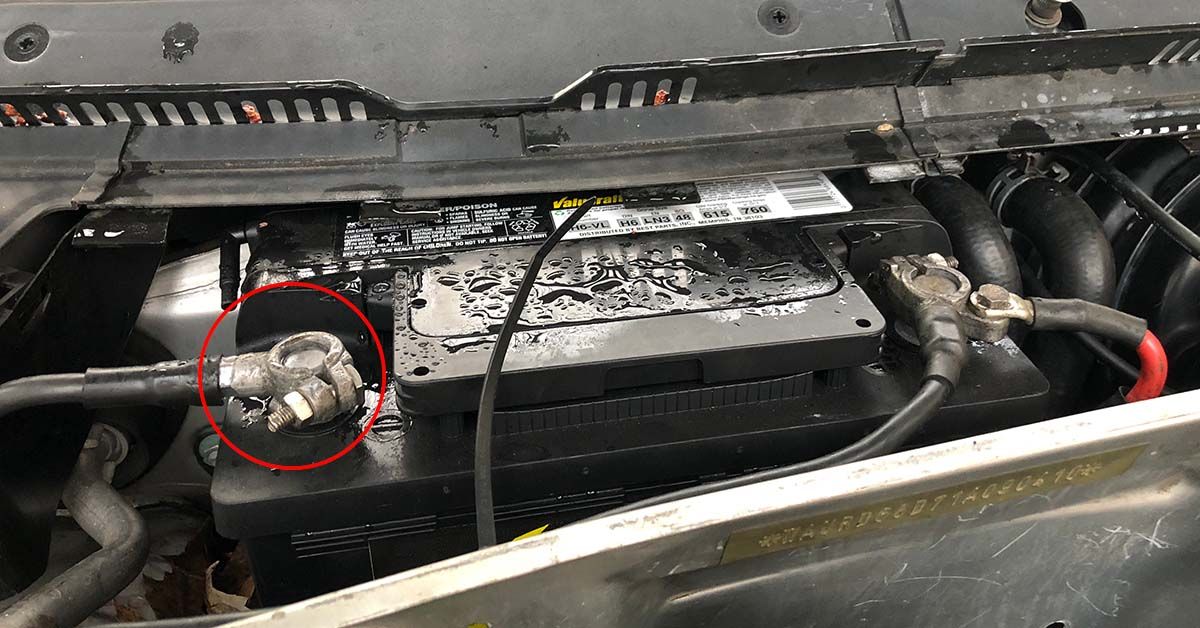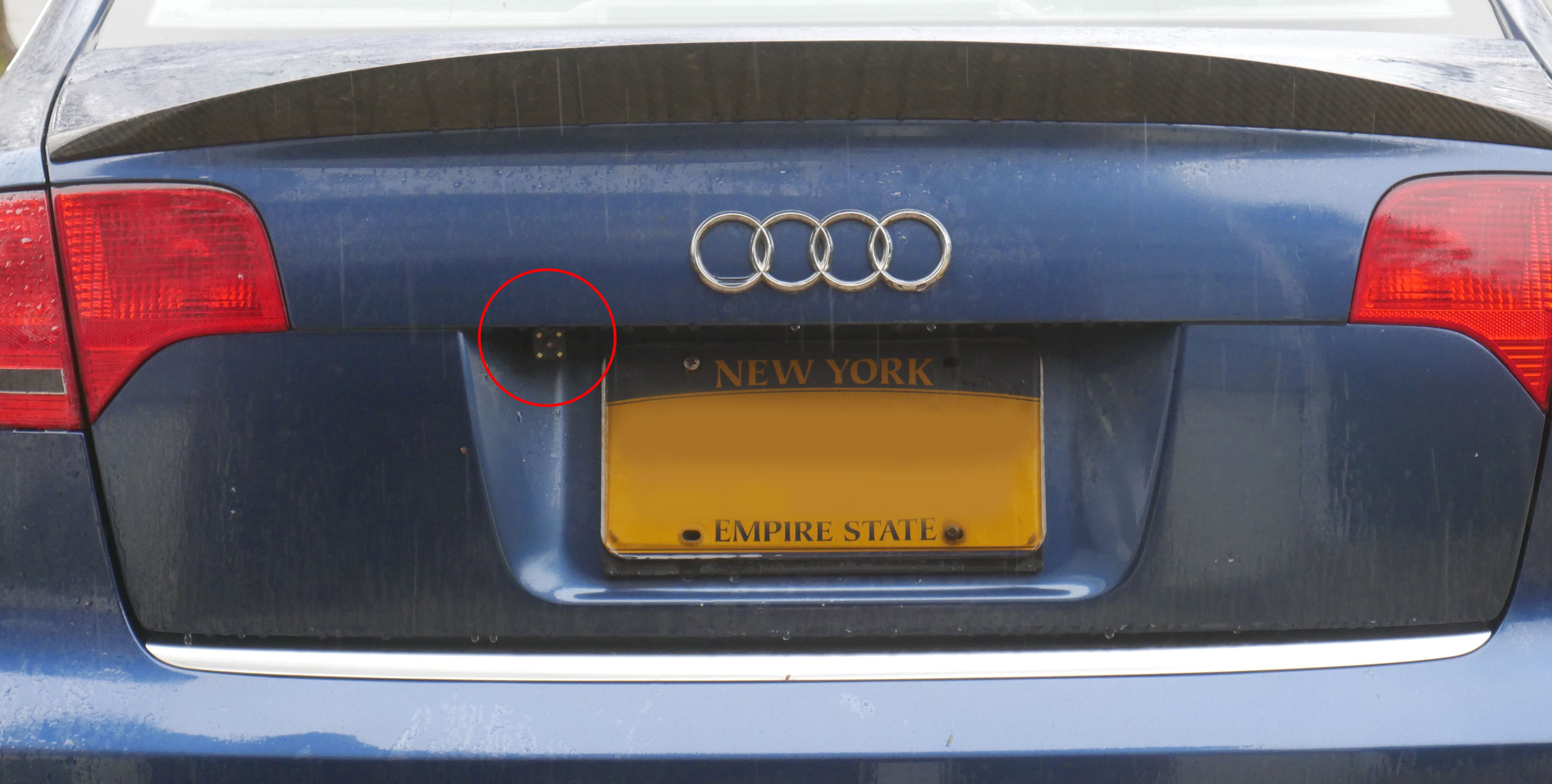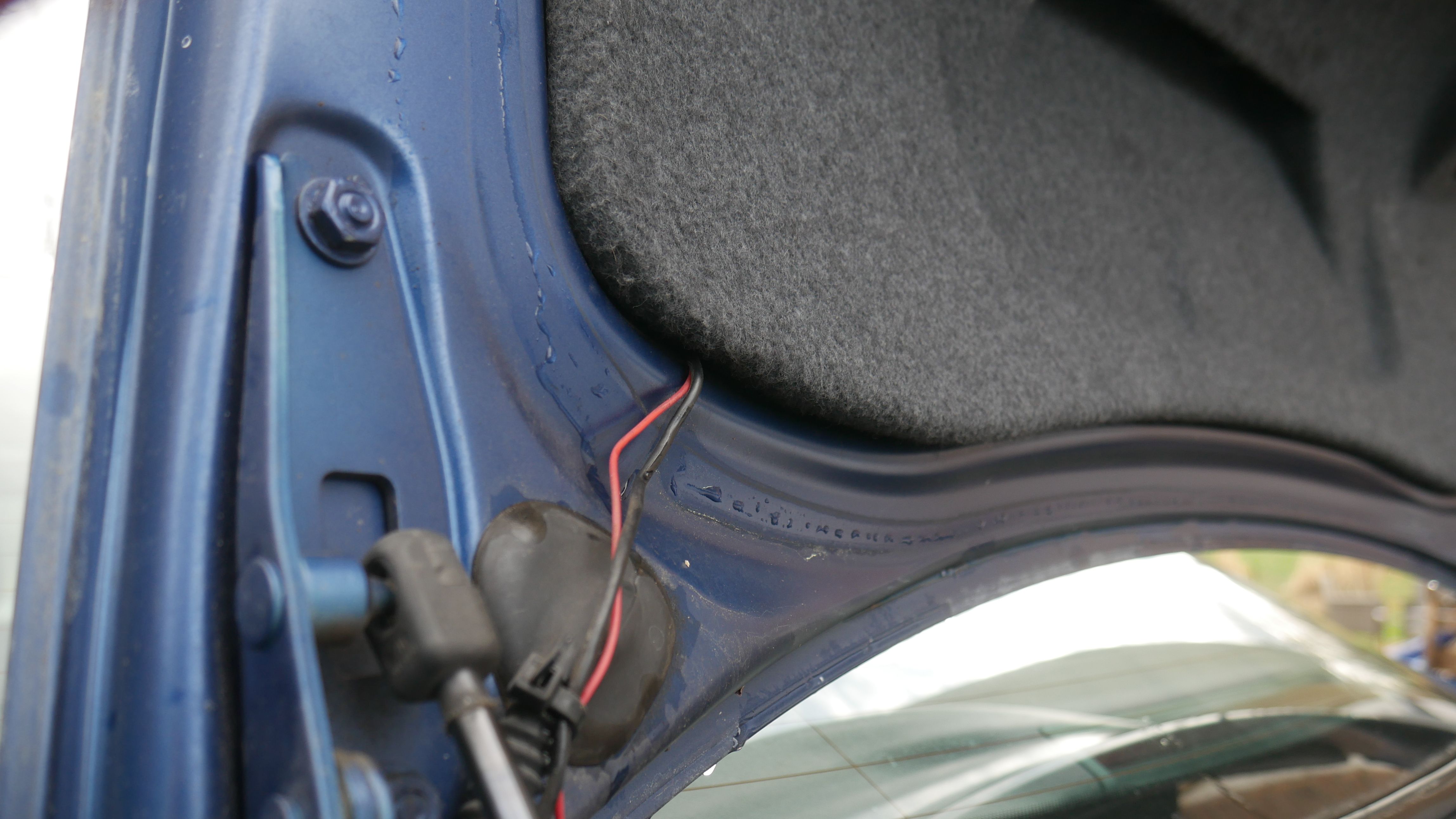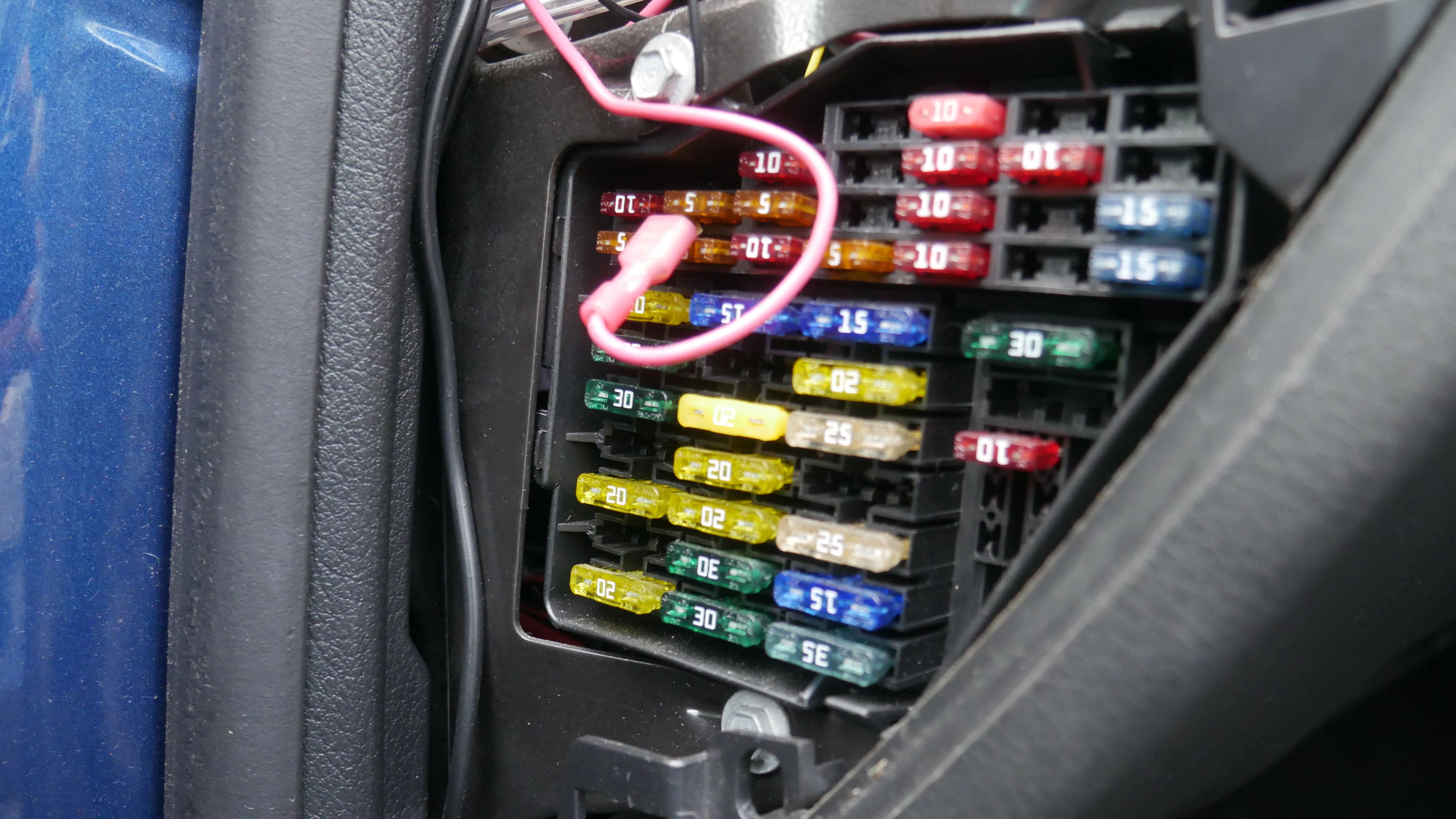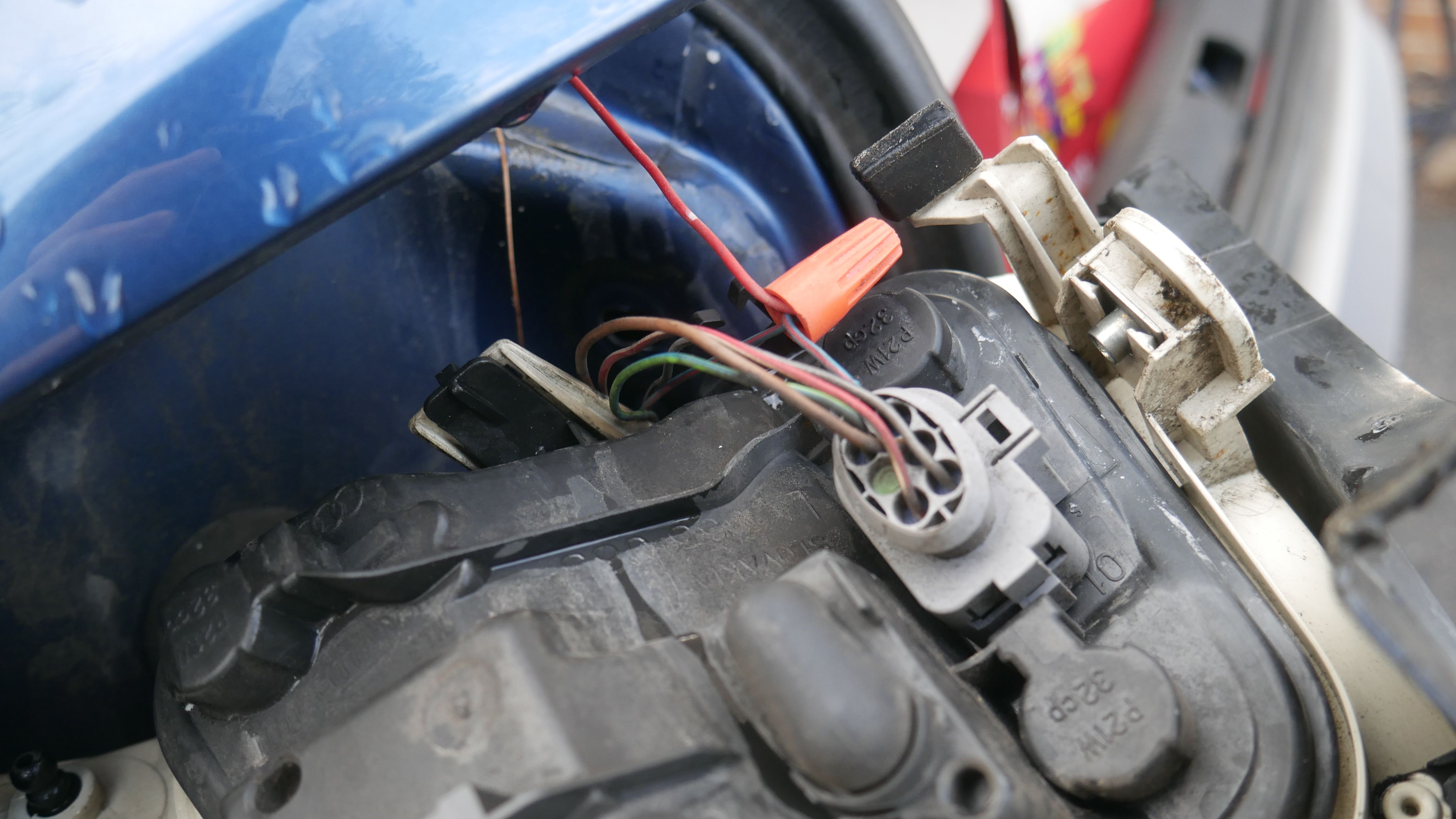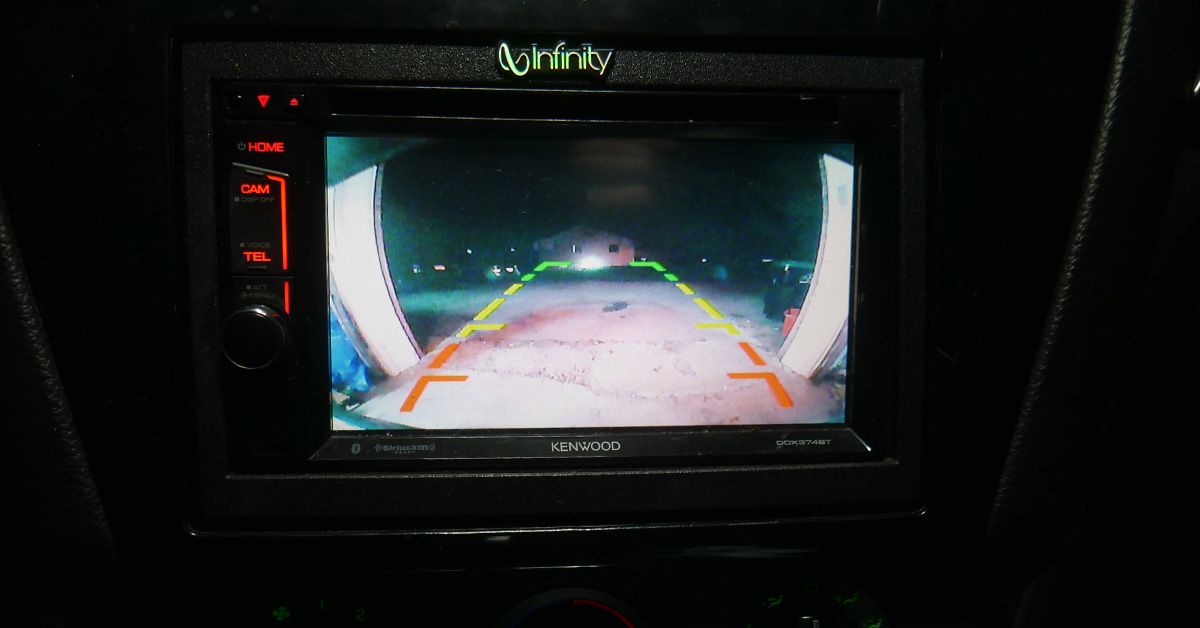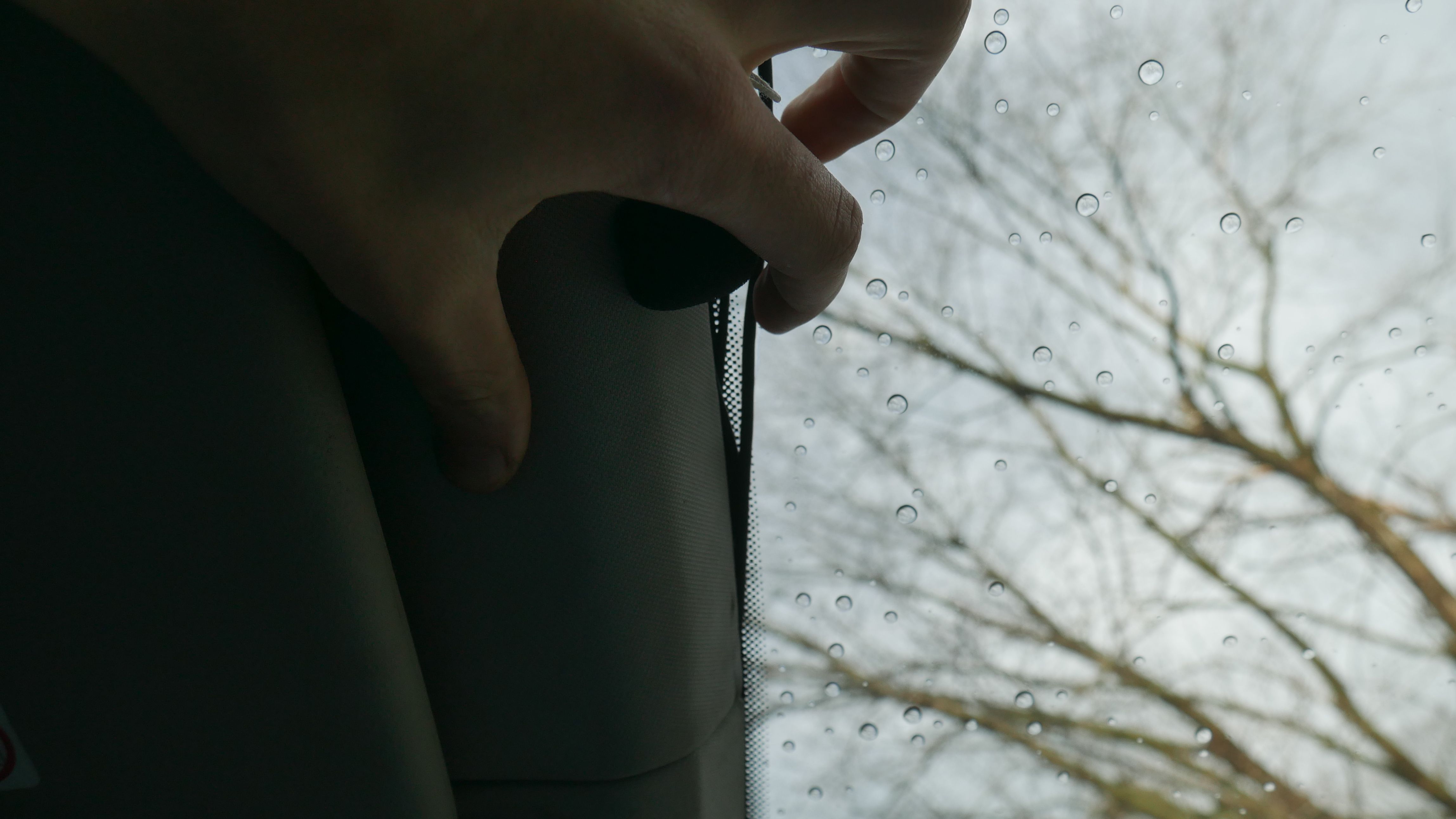Car technology has advanced drastically over the years, which makes driving more convenient. Even featuring autonomous driving, modern vehicles come with plenty of amenities, such as rearview cameras.
But what if your car didn't come with one or a new car isn’t in the budget? Luckily, installing a backup camera on your vehicle is a lot easier than you may think and can be done for under a few hundred dollars.
This is done by attaching a small camera to the exterior of your vehicle, allowing you to see what's behind you. Here's how you can do it.
Choosing Your Equipment
With a plethora of devices online and large price differences, finding the right gear may be difficult. Rearview cameras are most commonly mounted with a supplied bracket or with the help of your license plate. The footage is commonly displayed on your aftermarket head unit, or with the addition of a screen elsewhere. In the latter scenario, kits will include a separate monitor or a rearview mirror screen to cover your factory mirror.
Despite the many choices on the market, the installation process remains relatively the same, and here's how it can be done.
Tools You Will Need
Like most installations, you need to gather the necessary parts and tools you will need. The majority of these tools probably exist in your household already, but here's what you need to do the job, all while being safe.
- Safety Gear: Glasses and Gloves
- Wire Strippers
- Wire Cutters
- Multimeter
- Electrical Tape
- Trim Removal Tool
- Philips or Flathead Screwdriver
- Soldering Iron
- Drill with assorted bits
- Posi-tap or other electrical connectors
- Cable Ties
- Socket Set
- Rearview Camera System
These tools will apply to most vehicles, though not all. European vehicles use security bits to prevent outside tampering, so you may need Torx or Hex bits to gain access.
Proper Preparation Prevents Poor Performance
Before working on your vehicle, disconnect the ground cable to the battery, and ensure there is no power to the car. Failure to do so may lead to electrical shortages or serious injury.
Be sure to wear proper safety gear, as the last thing you want is to damage the new gear you just bought, or yourselves.
Mounting the Hardware
You need to get access to where you are mounting the equipment. Many times, this will be simple, as it can be the dashboard or the rearview mirror. The only instance where you won’t be mounting new equipment is if you already have an aftermarket head unit that supports the feature. You would then have to get access to the rear portion of the head unit.
In this case, we’ll be using a rearview mount system. Using the supplied elastic straps, wrap your new rearview mirror onto the existing one in your vehicle. Ensure that the mirror has no obstructions, and maintains full functionality.
Next, you need to mount the camera to the vehicle. The easiest way is by using a license plate bracket, as it's simply two screws. However, for aesthetic purposes, you want to preserve the OEM look as much as possible, so mount it by the trunk handle. This can be done using double-sided tape or by drilling into the trunk.
When you use double-sided tape, you need to make sure both the mating surfaces are clean, as any debris can potentially make the camera fall off while driving. Mating surfaces can be cleaned with any rag and isopropyl alcohol.
Lastly, you need to drill into the trunk to route the camera wire inside. This step will be the same for any type of camera mount if you want to keep a clean look. This step can be tricky, but you simply need to ensure that nothing can be damaged in the process. As long as there are no wires in the way, you're good to start drilling. Snake the wire through the hole you just drilled and any potential trim to gain access to the wire inside the vehicle. Although this step may vary, the concept remains the same.
Completing the Wiring
You need to locate the fuse panel, or a switched power terminal, to provide power to the rearview camera. Some vehicles have dedicated posts for this, which make it super convenient, but all cars have fuse boxes. This step is important, as you probably want to start your car the next morning. If done incorrectly, the rearview camera system will continuously drain power from your battery overnight.
Fuses like your wipers or radio only receive power when the key is switched “on”, making them great sources to piggyback off of. A good way to test this is by using a multimeter and checking which fuse terminals receive power when the key is switched “on”.
After you verify which fuse has switched power, you need to grab a fuse tap and insert it into one of the pins of the terminal as shown in the image. Like previously, tuck the wires into the necessary trim to maintain a clean look.
For the rearview camera to work, the camera must know when the car is in reverse and needs a video signal. This is done by running the supplied wire from the front to the end of the car. This step is relatively straightforward.
Next, you need to supply a signal to the rearview camera. This can be done by tapping into your reverse lights. You simply disassemble your taillight assembly and locate the wires that run to your reverse light. Grab a friend and have them press the brake pedal. This will send power to the brake light, making it easier to identify which wire to tap into.
Using your multimeter, check which wire is being supplied with 12 volts. You need to add the new signal wire into what is already fitted on the car. The easiest method is by using a Posi-tap, or some other electrical connector, to tap the new wire into the existing one. In this case, use a twist connector to ease the process. An alternative method is by stripping the wire manually and by soldering in the new one.
After completing this step, the rearview camera system should be fully operational. Check your work by reconnecting the ground cable to the battery post to give it power. Then, put your car in reverse and verify if the camera is working. If you see behind your vehicle, you're ready to reassemble the car and make it look clean again.
In the event it doesn't work, double-check your work and ensure all wires are going to the correct places. It's much easier fixing the issue before the cables are tucked behind trim pieces. Reassure that the added cable doesn't interfere with anything.
Finishing Touches
After verifying that the new system works, you can reassemble the car to make it look original again. Since you took off some trim pieces, now is the time to reinstall them.
Typically, they will go into place without any issues, though they can be a pain since there is another wire running under it. Tuck in the new wires behind the existing wires running inside, and use zip ties to keep things in place. After the trim is reinstalled, you are ready to drive!

